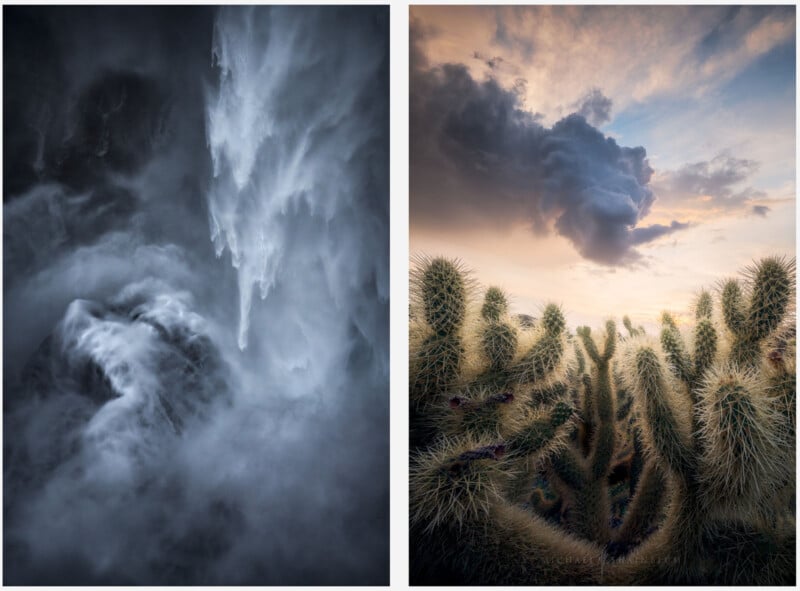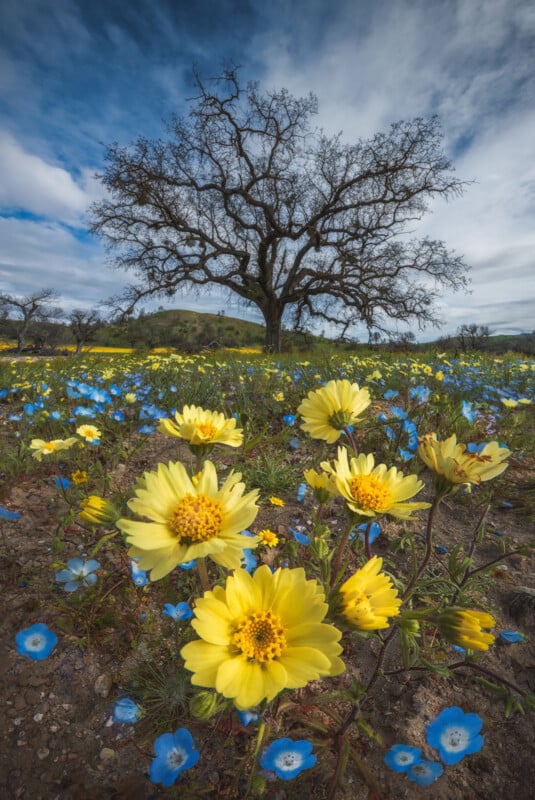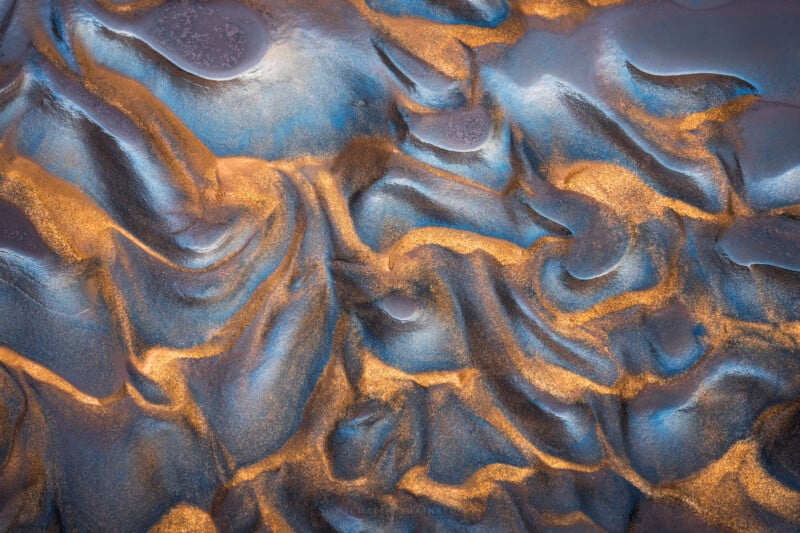The Best Lenses for Landscape Photography
Picking out the perfect lens is very challenging. As landscape photographer Michael Shainblum explains in a new blog post, “Purchasing new lenses can prove to be overwhelming and stressful.” Shainblum breaks down the four crucial factors in selecting a new lens and offers landscape photographers options regardless of their budget.
Photographers should consider four crucial factors when selecting a landscape photography lens: range, price, quality, and weight. The range is the focal length range of a lens. The wider the focal length range, the more versatile a lens is for a diverse range of landscape photos.

Kickstarting Shainblum’s recommendations is the “budget hiker/backpacker kit.” This kit includes two lenses, the Sony FE 16-35mm f/4 G PZ lens and the Tamron 28-200mm f/2.8-5.6 Di III RXD lens. This kit offers focal lengths range 16mm to 200mm, which is suitable for nearly every landscape scenario. It is also a relatively lightweight kit that costs under $2,000.
A slightly more expensive kit that compromises a bit concerning weight is a pairing of the same Sony 16-35mm f/4 lens with the Tamron 50-400mm f/4.5-6.3 Di III VC VXD lens. This “budget kit” loses the 36-49mm focal lengths but adds 201-400mm.

For photographers with a massive budget, the “$$$” kit sets someone back nearly $7,000. The three lenses are the FE 12-24mm f/2.8 GM, Sony FE 24-105mm f/4 G OSS, and the Sony FE 100-400mm f/4.5-5.6 GM OSS. With focal lengths coverage from 12mm to 400mm, this premium kit does it all.
While that may be the best trio of landscape lenses money can buy, it is different from the kit that Shainblum himself uses. He shoots with an older Sony 16-35mm Vario-Tessar T FE f/4 ZA OSS lens, the Tamron 28-200mm f/2.8-5.6 Di III RXD, and the Sigma 100-400mm f/5-6.3 DG DN OS telephoto zoom.
All the kits Shainblum outlines, which include more than what is discussed in this article, include multiple lenses. What if a photographer wants just a single lens to do it all? Shainblum thinks the Tamron 28-200mm zoom is a great option. While it is not extremely wide by landscape lens standards, 28mm is plenty wide for many situations, and the lens is versatile, lightweight, affordable, and a strong overall performer.

Further, while Shainblum mentions lenses for Sony E-mount, the general “type” of lens in each of his kits exists for other lens mounts. While sometimes a lens is not precisely the same for other camera systems, similar lenses are readily available.
As Shainblum also explains, a great way to save money on any new photography equipment is to purchase it used. There are many places to buy high-quality used gear that has been professionally inspected and graded, including Adorama and MPB.
More of Michael Shainblum’s photography is available on his website and Instagram. His excellent YouTube channel is regularly updated with insightful new videos for photographers of all skill levels.
Image credits: All images © Michael Shainblum